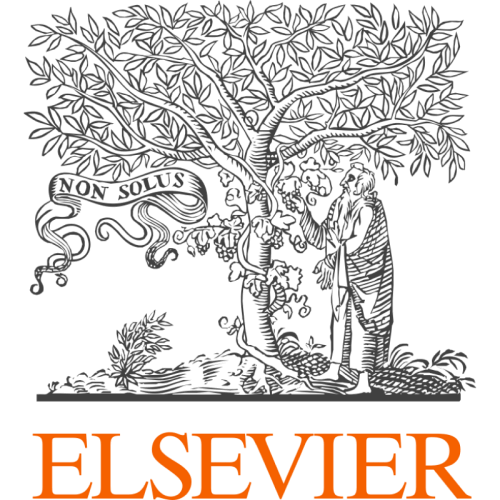Journal of Pharmaceutical and Biomedical Analysis, volume 70, pages 265-272
Isolation and characterization of propoxyphenyl linked sildenafil and thiosildenafil analogues in health supplements
Chee Leong Kee
1
,
Xiaowei Ge
1
,
Hwee-Ling Koh
2
,
Min Yong Low
1
1
Pharmaceutical Laboratory, Applied Sciences Group, Health Sciences Authority, 11 Outram Road, Singapore 169078, Singapore.
|
Publication type: Journal Article
Publication date: 2012-11-01
scimago Q2
wos Q2
SJR: 0.628
CiteScore: 6.4
Impact factor: 3.1
ISSN: 07317085, 1873264X
PubMed ID:
22840979
Drug Discovery
Spectroscopy
Pharmaceutical Science
Clinical Biochemistry
Analytical Chemistry
Abstract
Two new phosphodiesterase-5 inhibitors (PDE-5) which consist of one sildenafil analogue and one thiosildenafil analogue have been found in heath supplements. The structural properties of these analogues have been elucidated by NMR, high resolution MS, MS(2), UV and IR spectroscopy. The sildenafil analogue is very similar to aildenafil and the thiosildenafil analogue is similar to thioaildenafil, except the ethoxy group bonded to phenyl ring is replaced by a propoxy group. Hence, the sildenafil analogue is named as propoxyphenyl aildenafil or propoxyphenyl methisosildenafil and the thiosildenafil analogue as propoxyphenyl thioaildenafil or propoxyphenyl thiomethisosildenafil.
Nothing found, try to update filter.
Reepmeyer J.C., Woodruff J.T.
Zou P., Hou P., Low M., Koh H.
Shin M.-., Hong M.-., Kim W.-., Lee Y.-., Jeoung Y.-.
Are you a researcher?
Create a profile to get free access to personal recommendations for colleagues and new articles.
Metrics
21
Total citations:
21
Citations from 2024:
0









